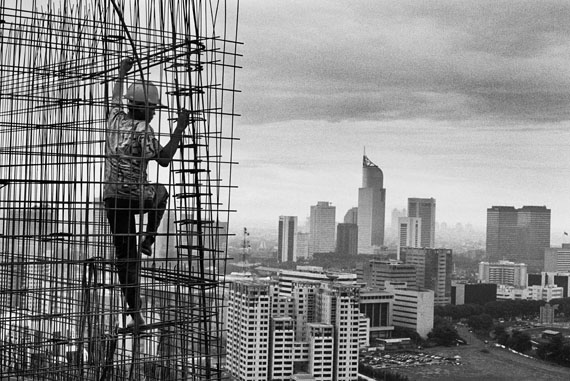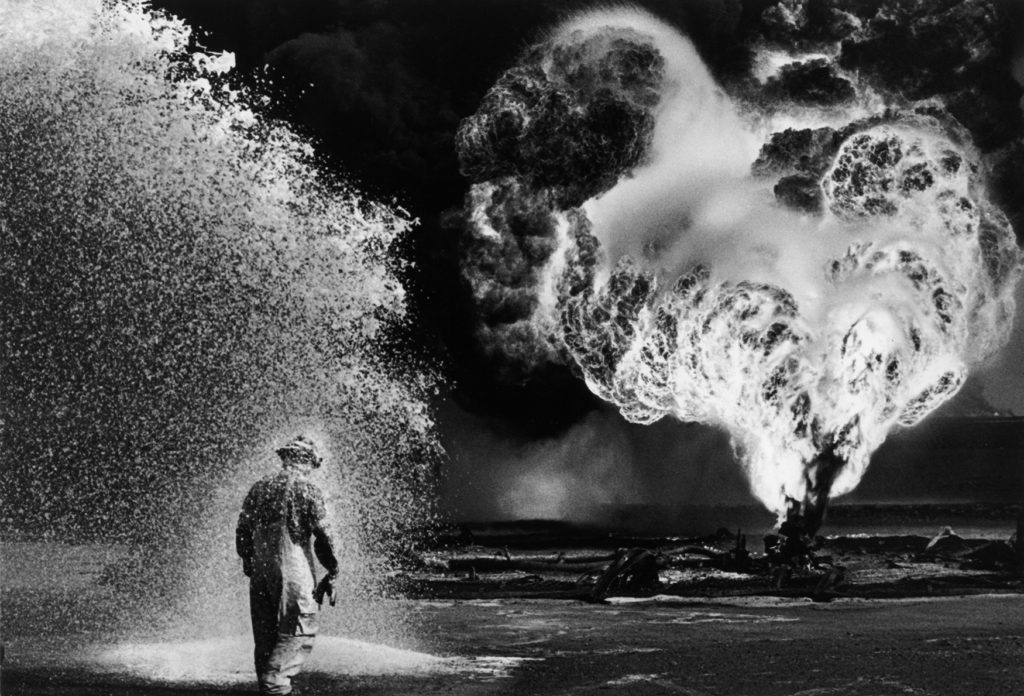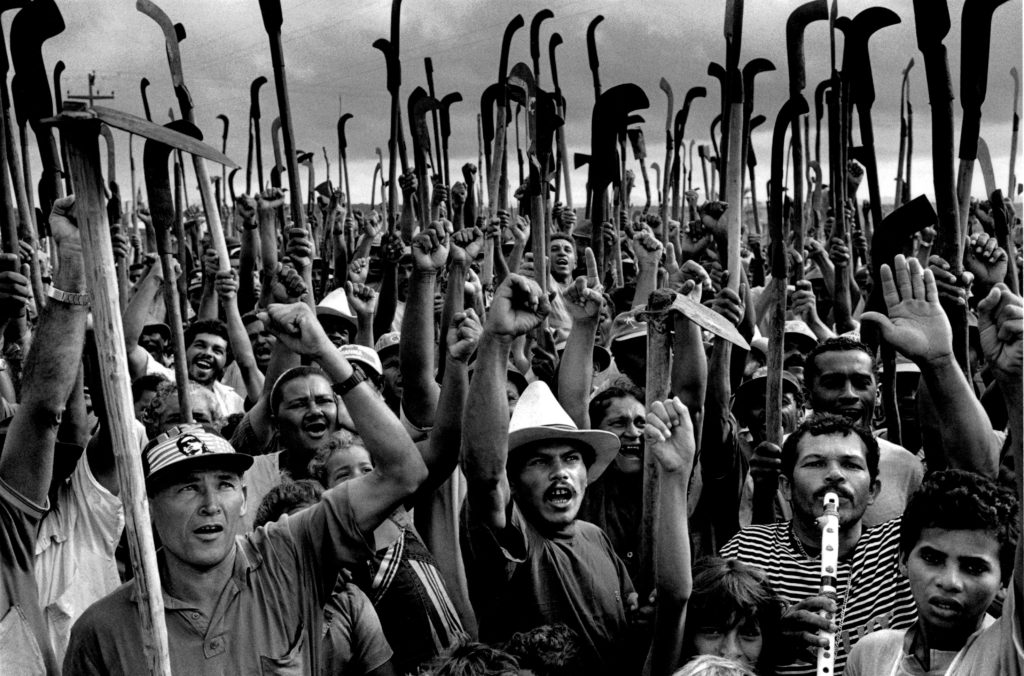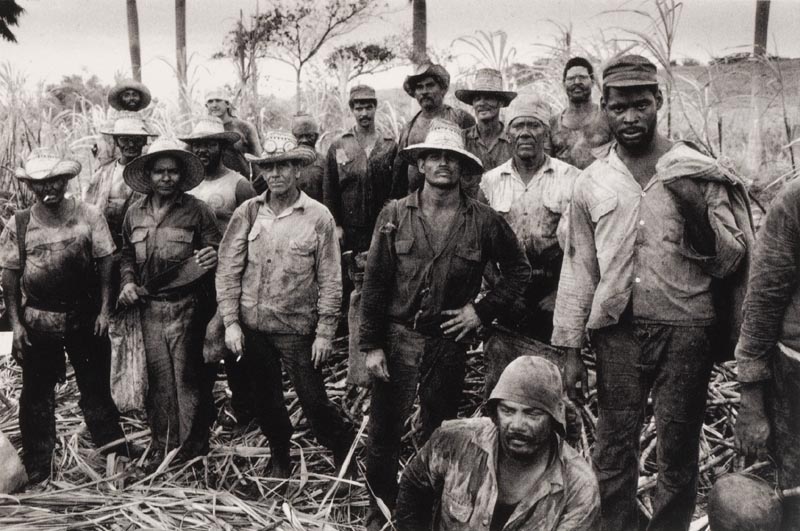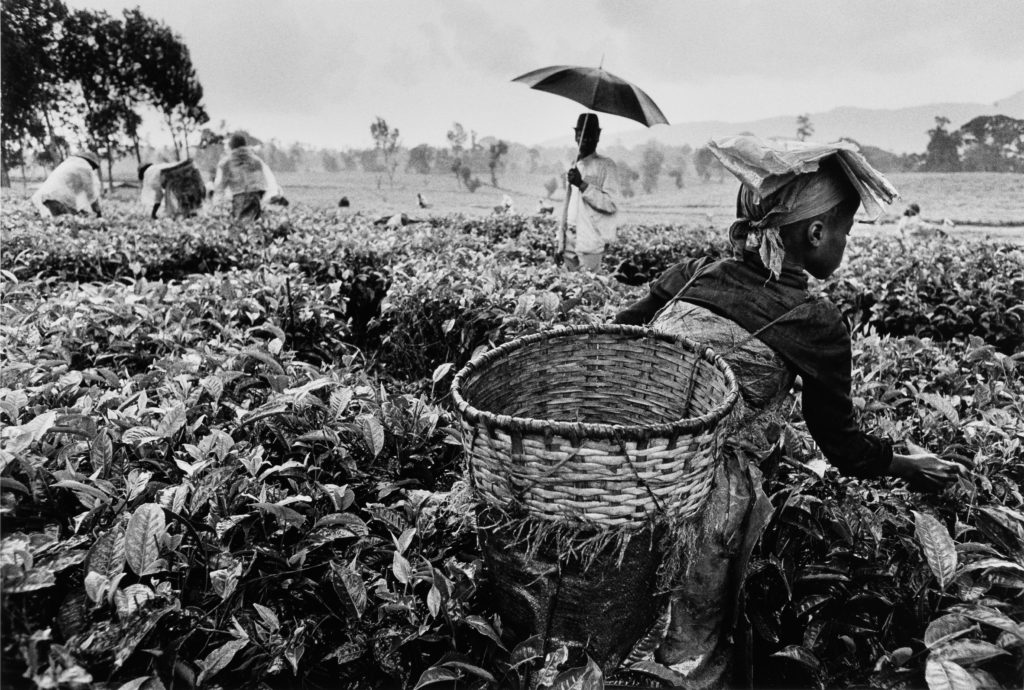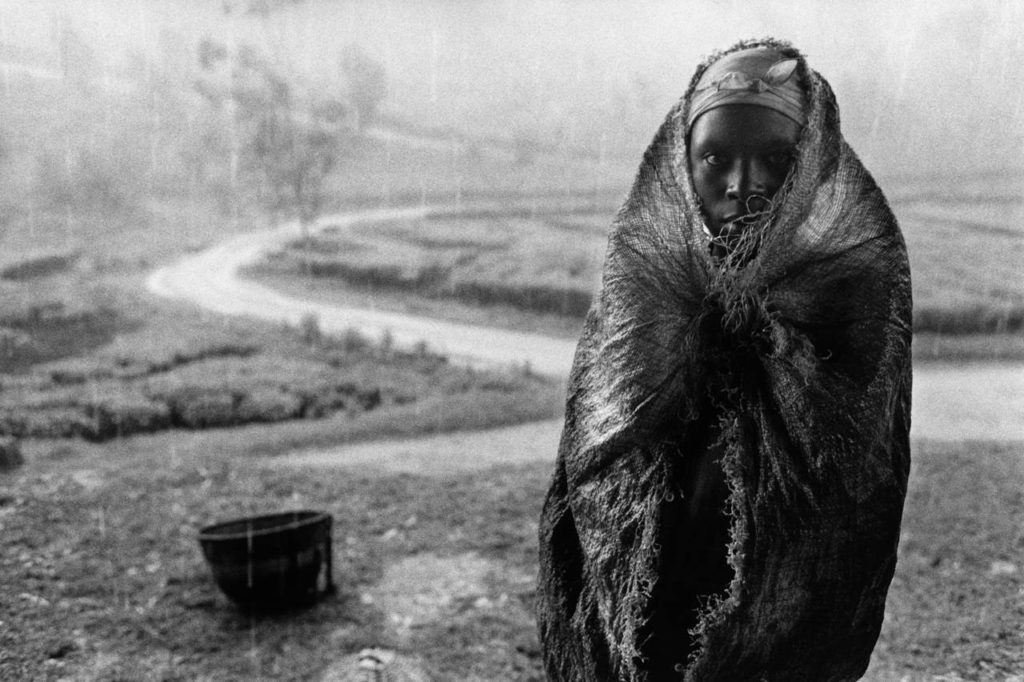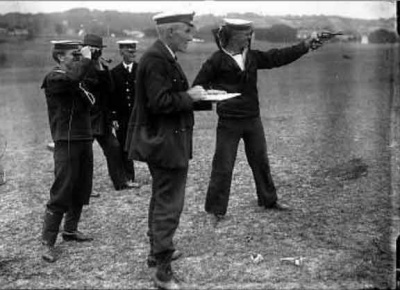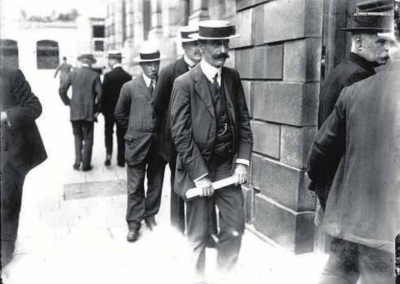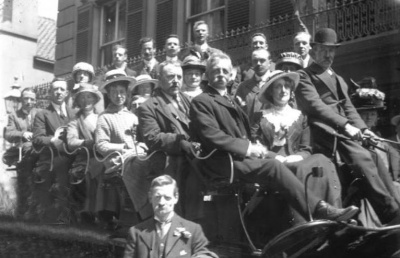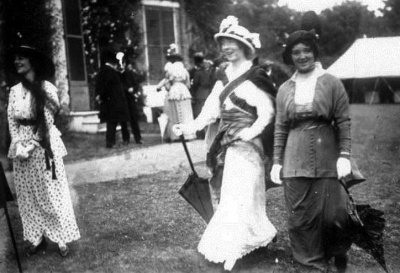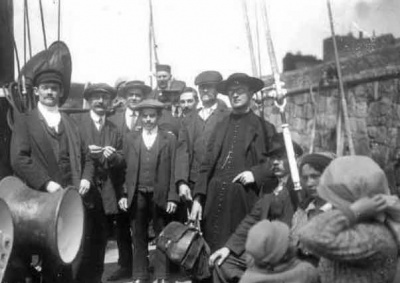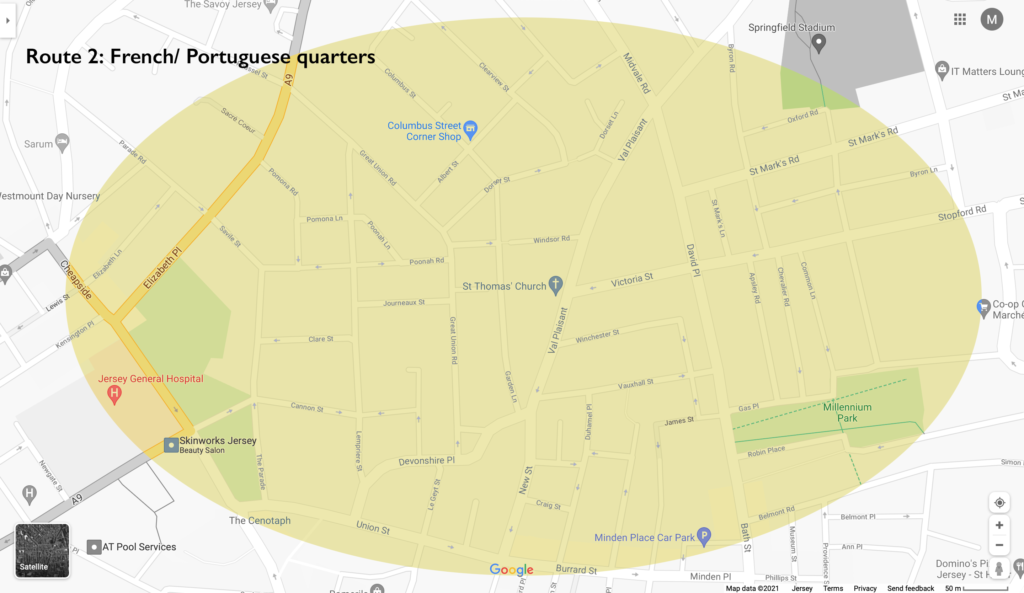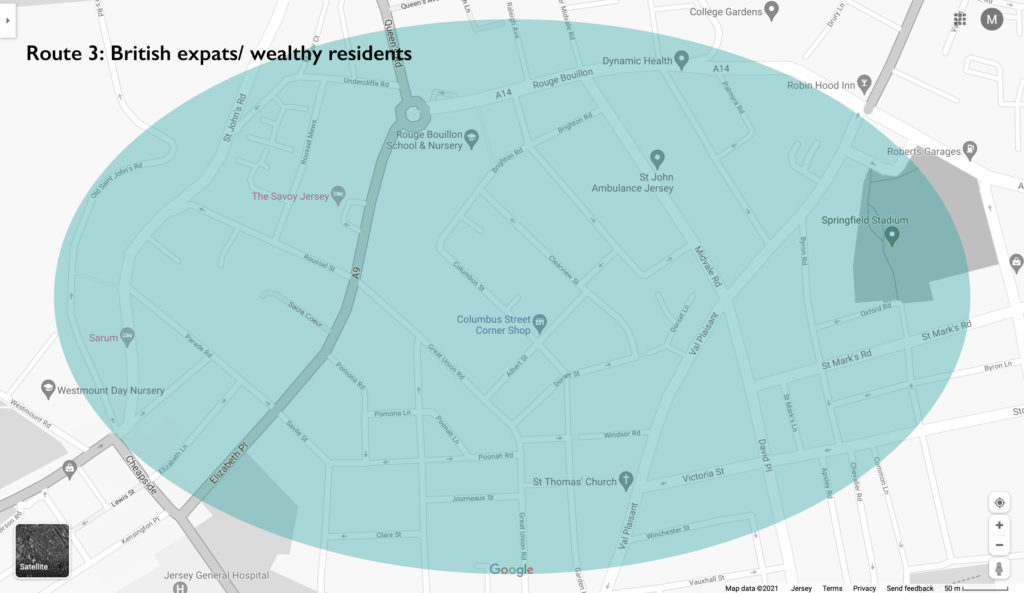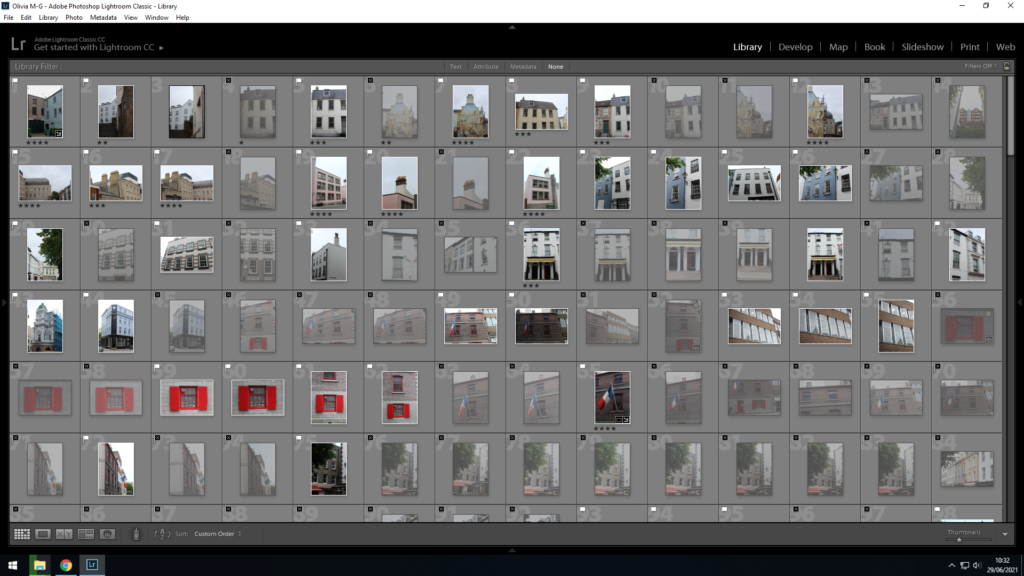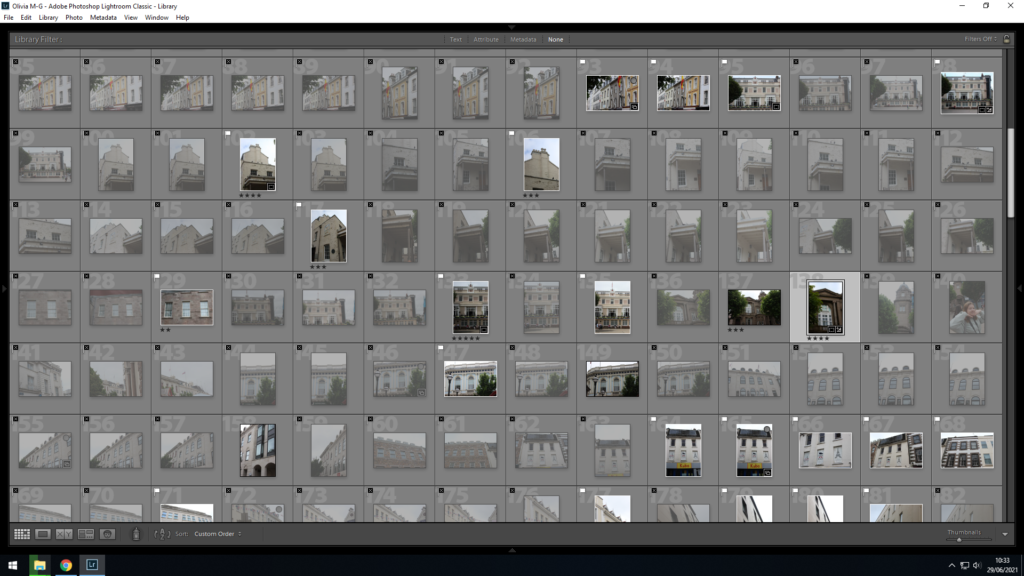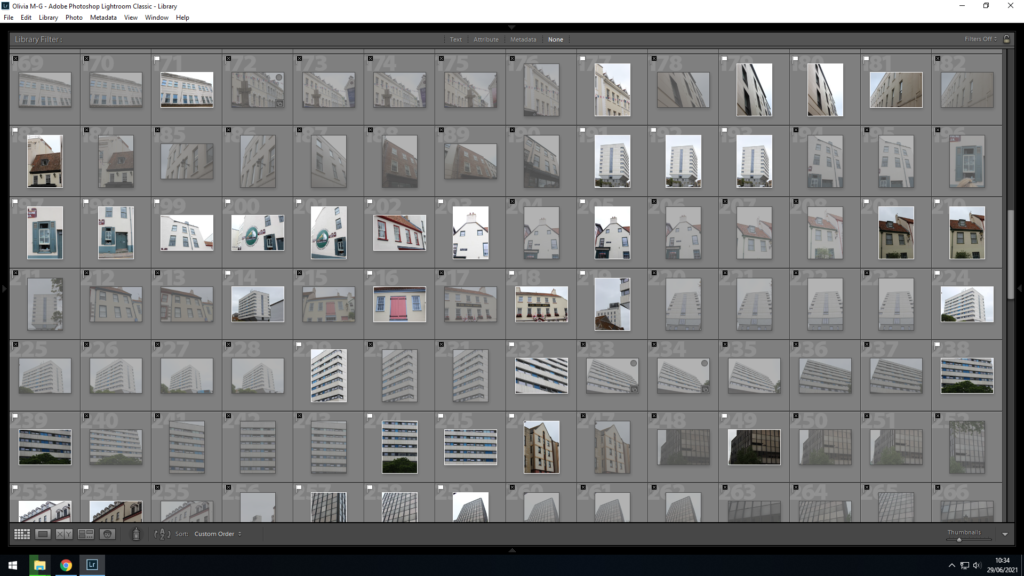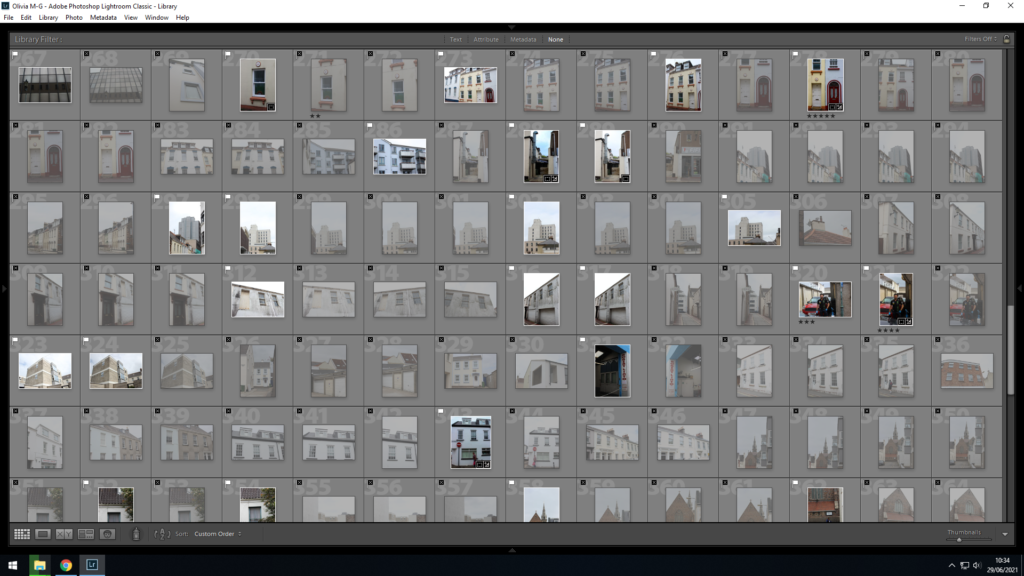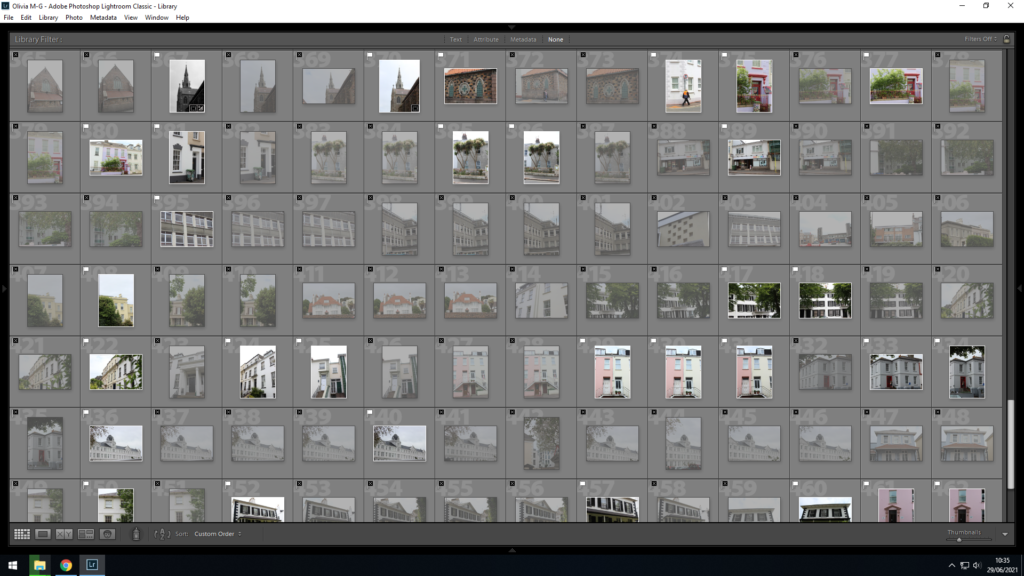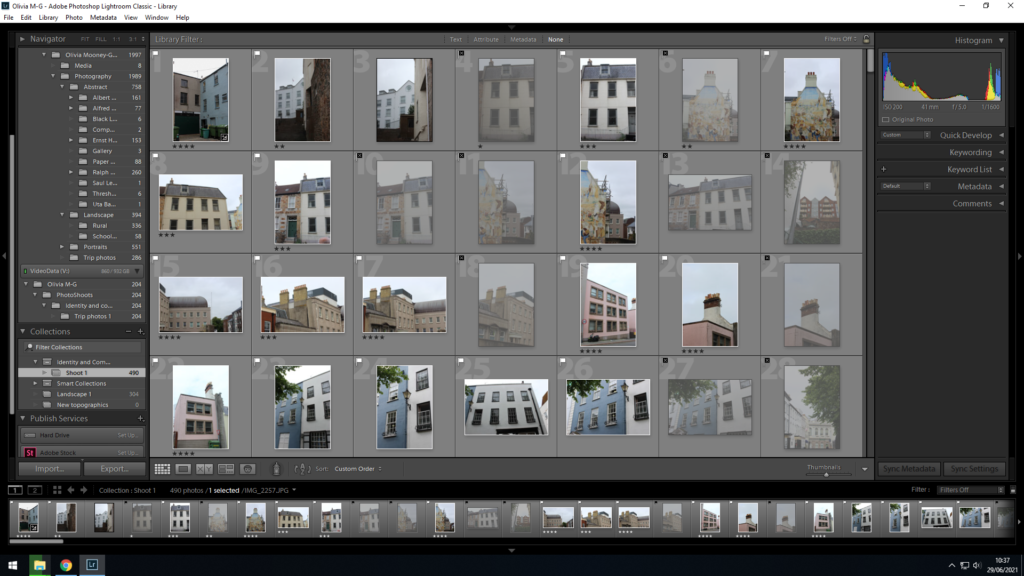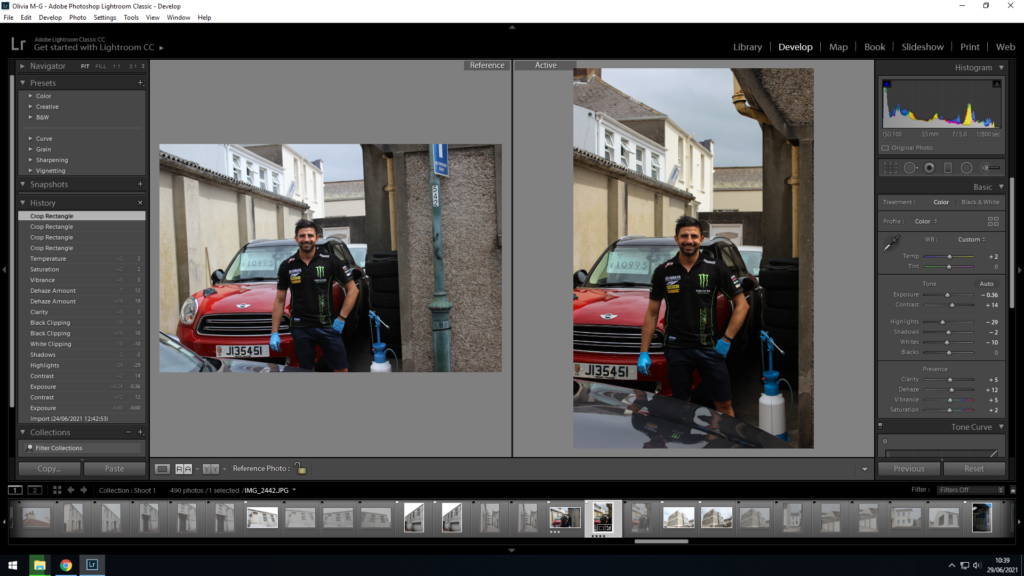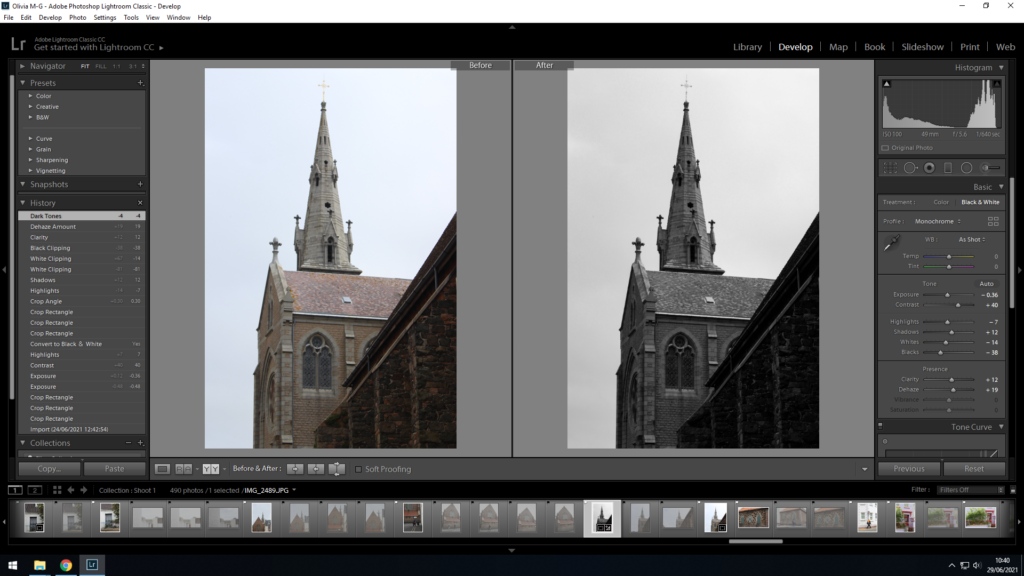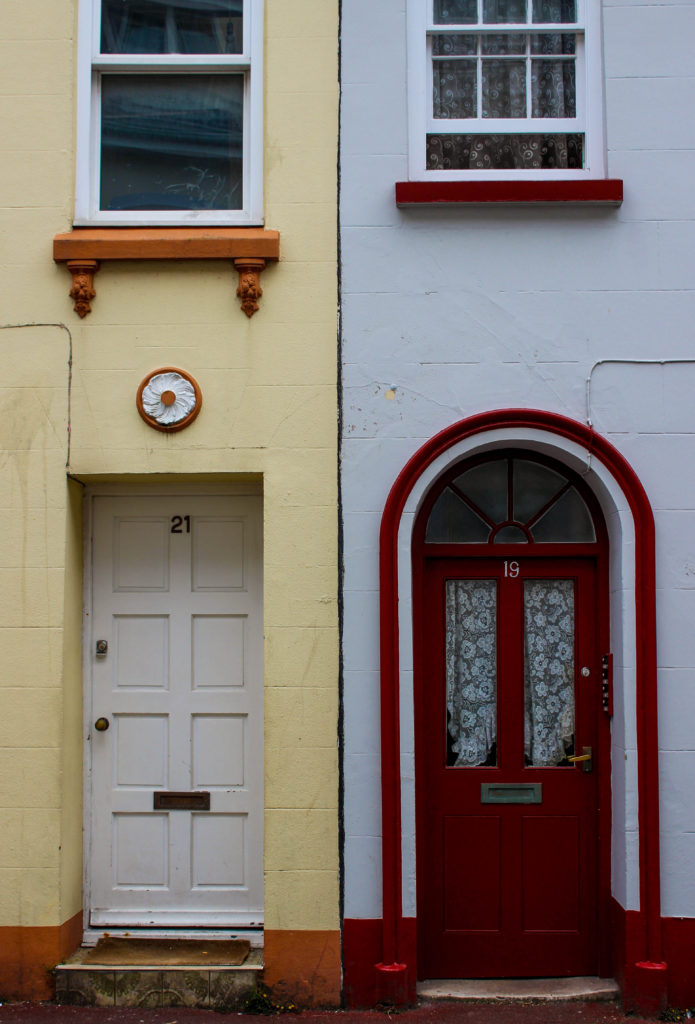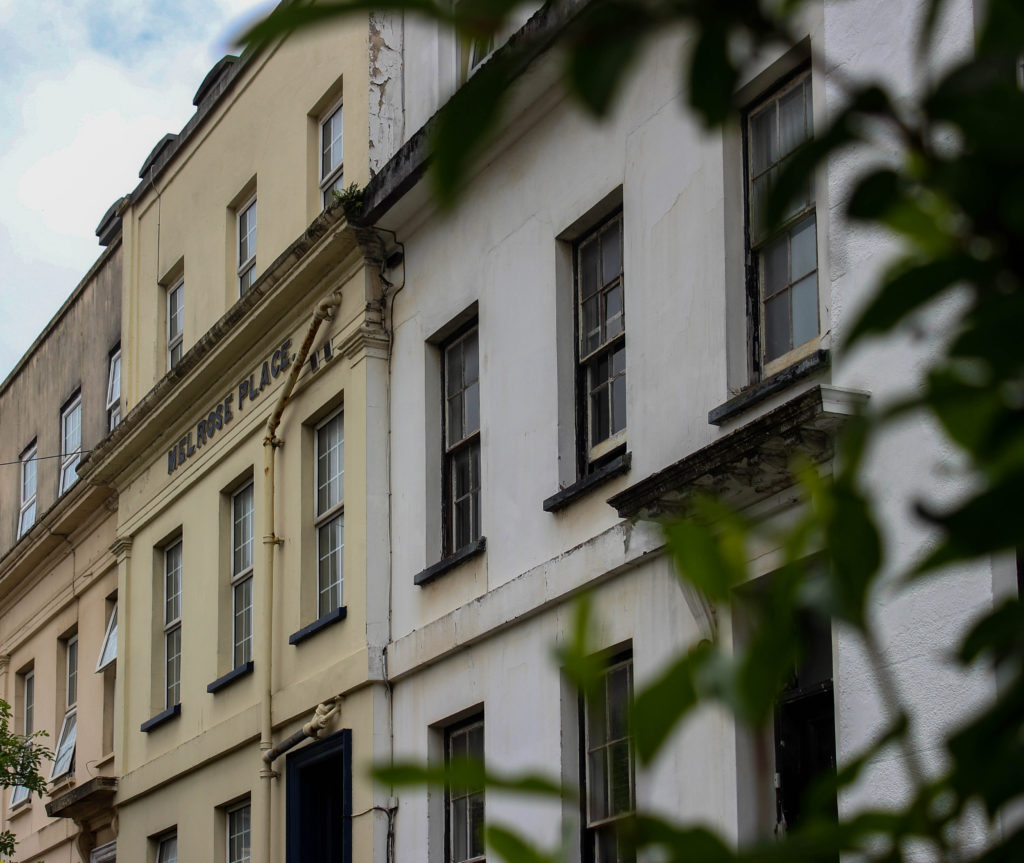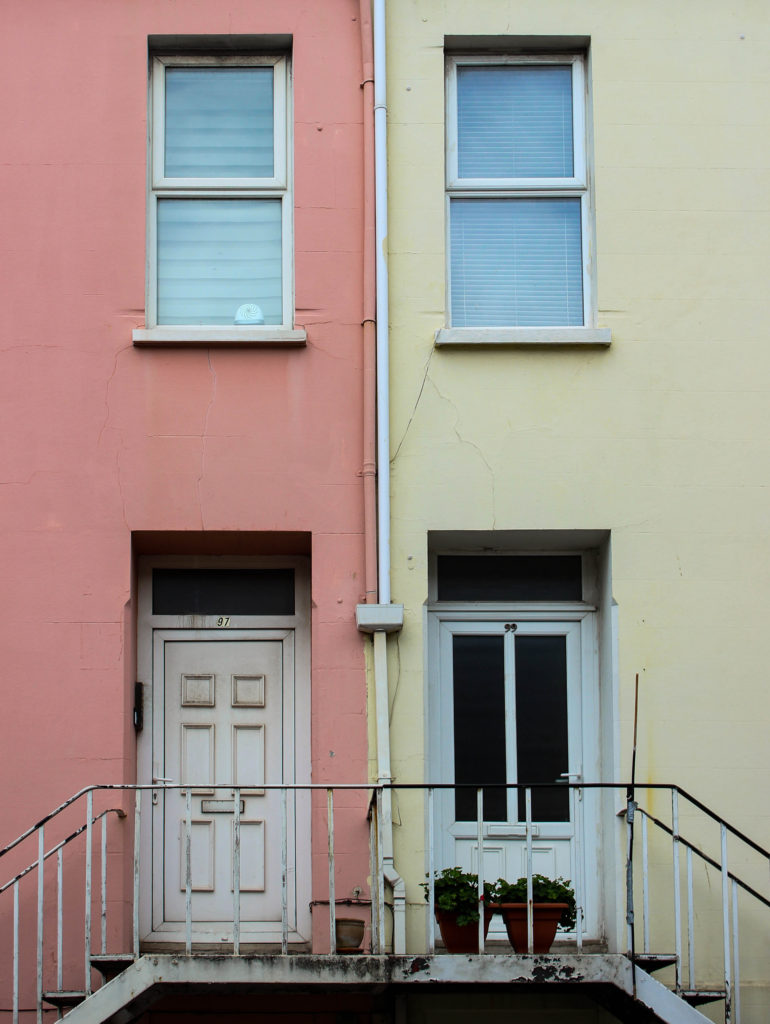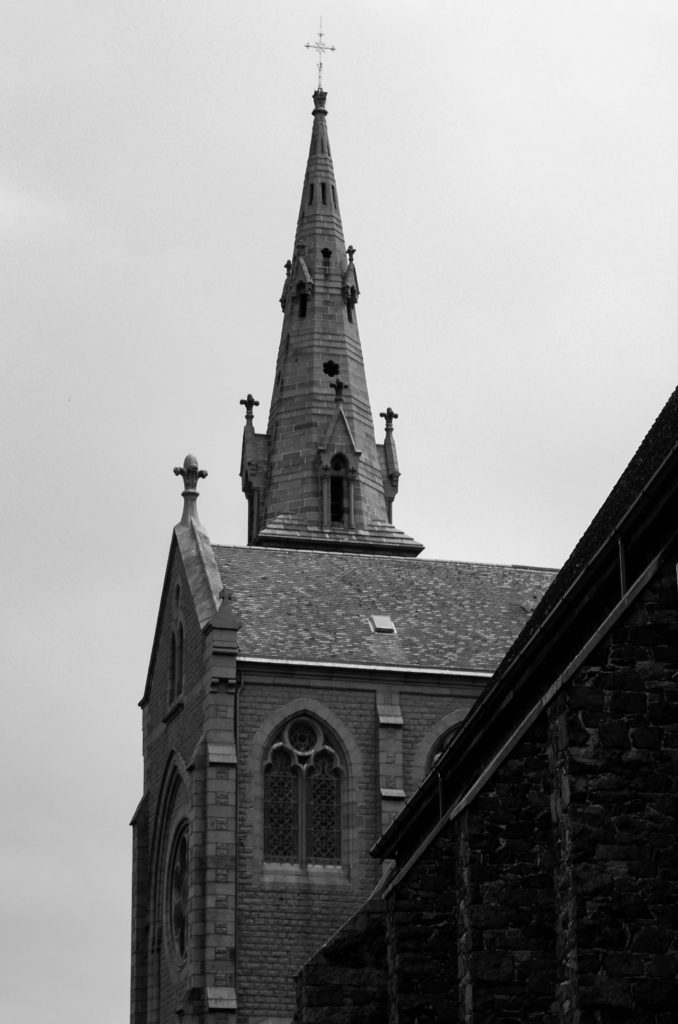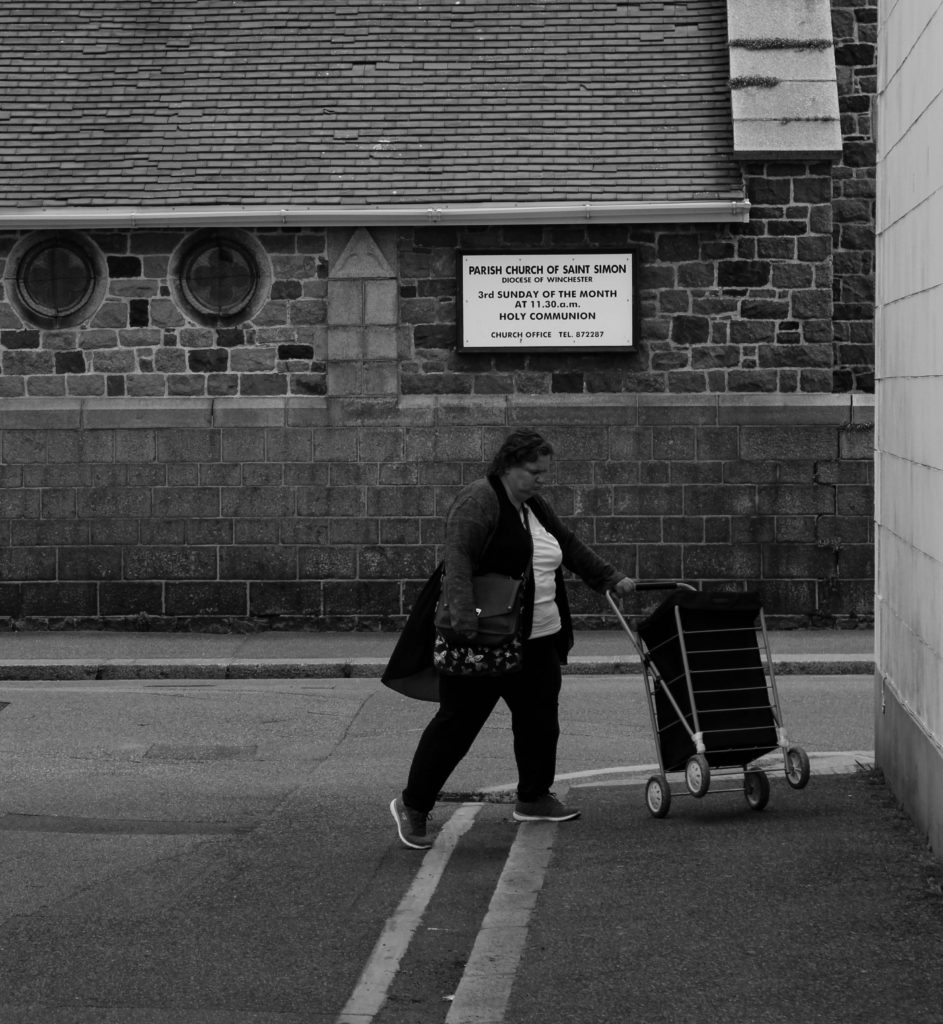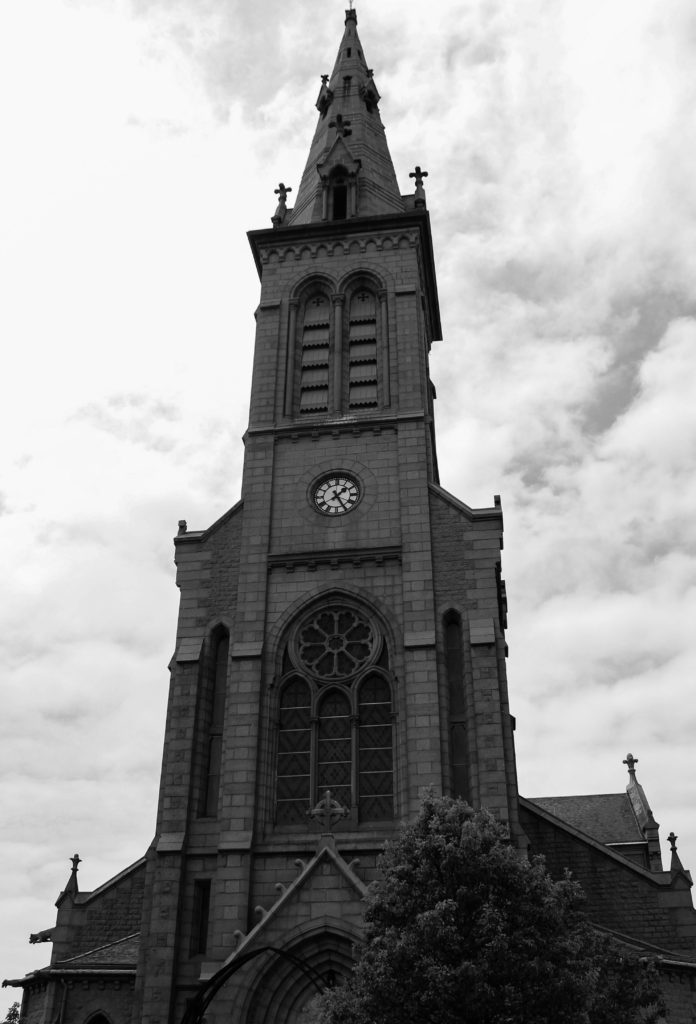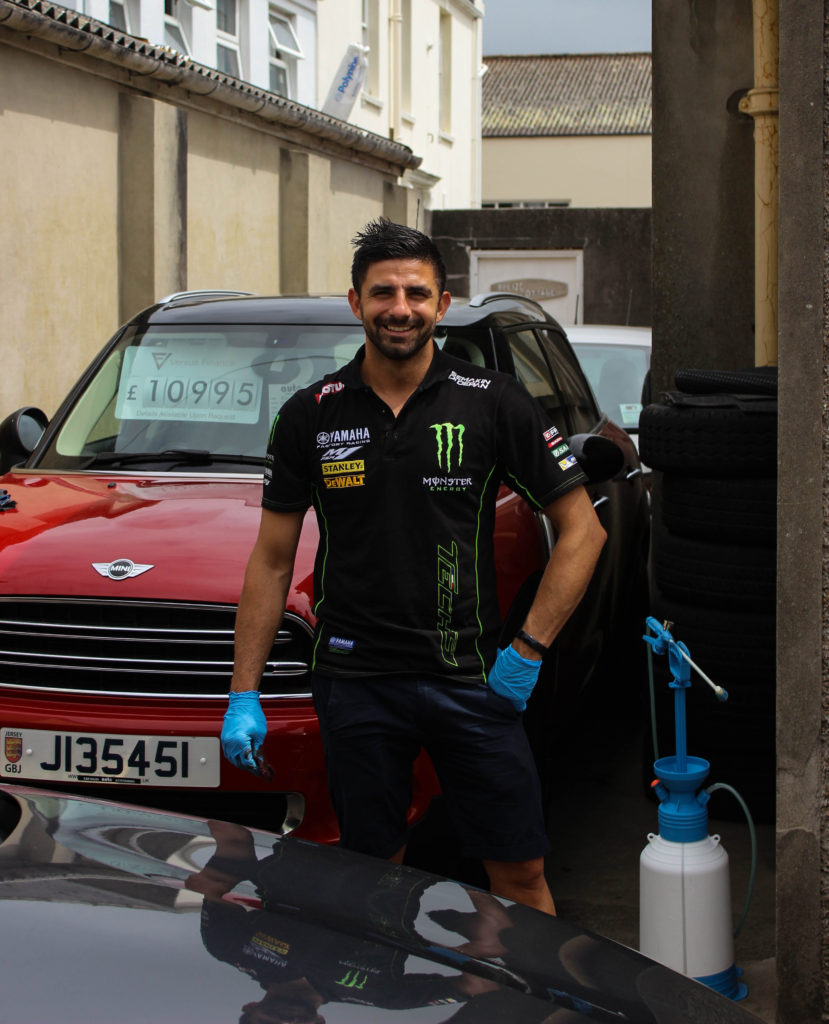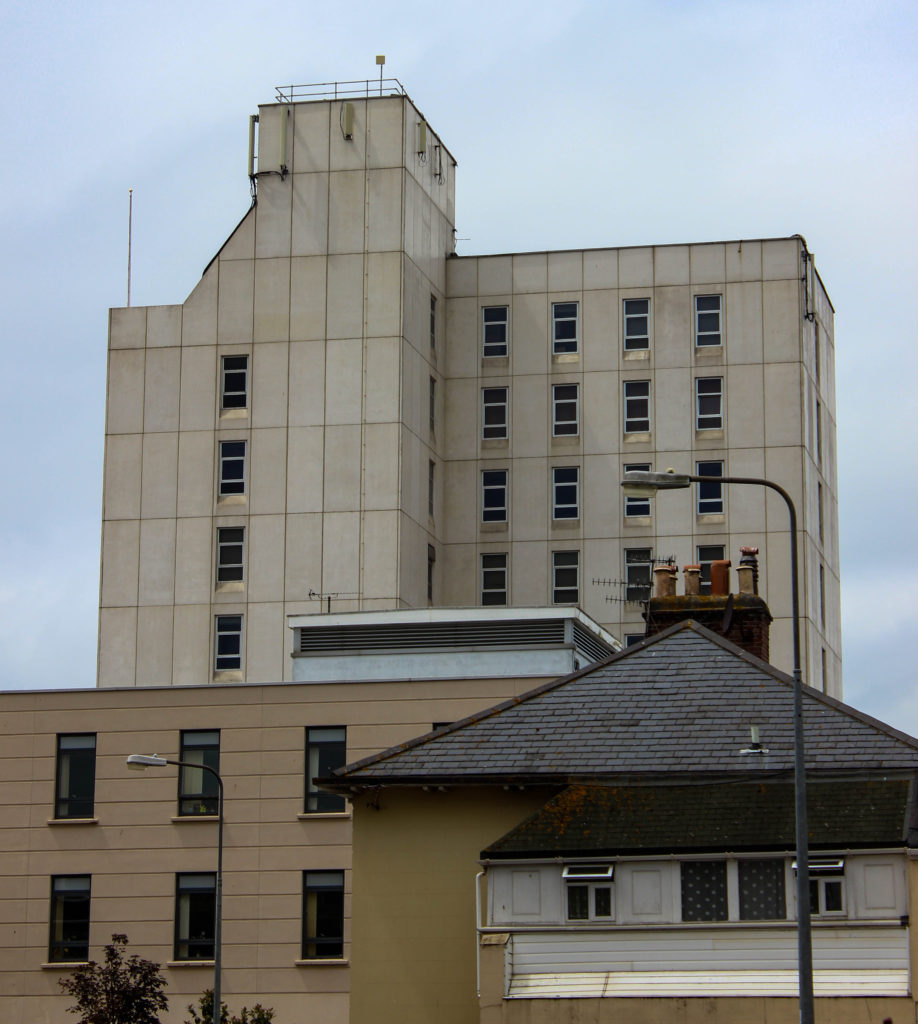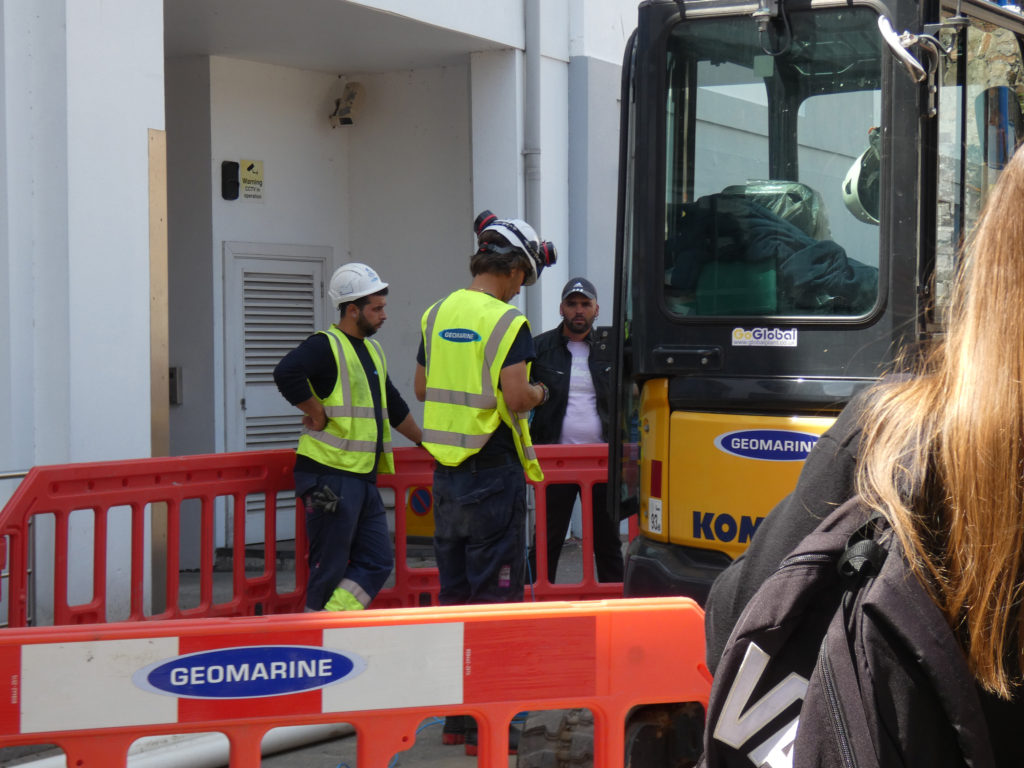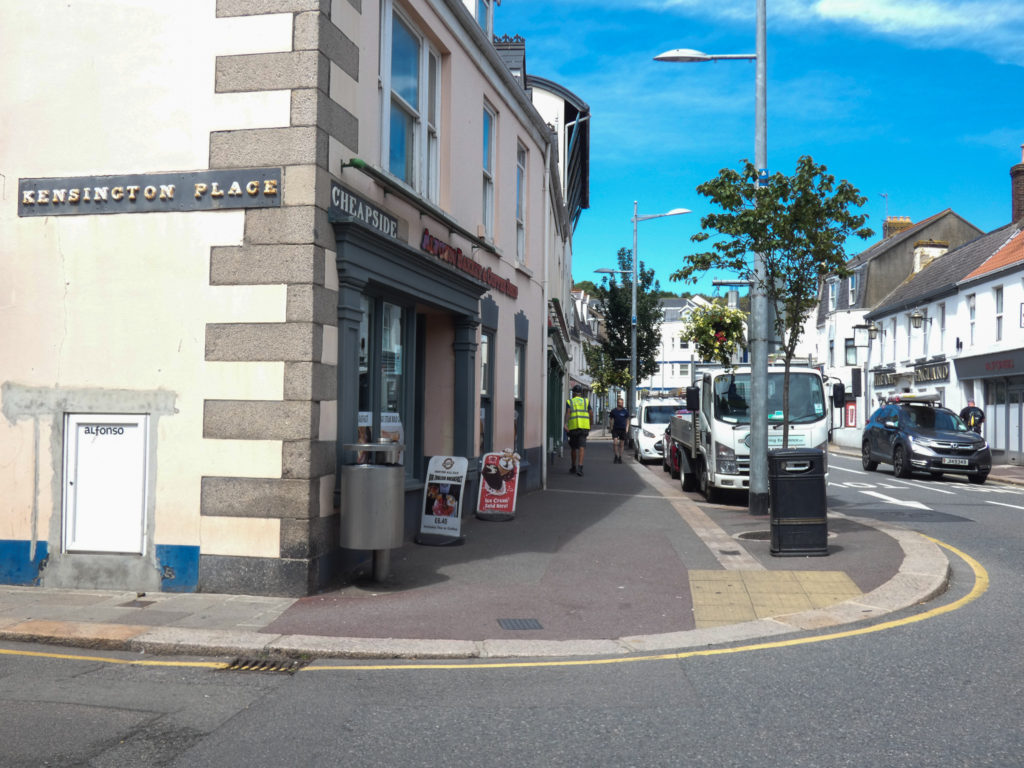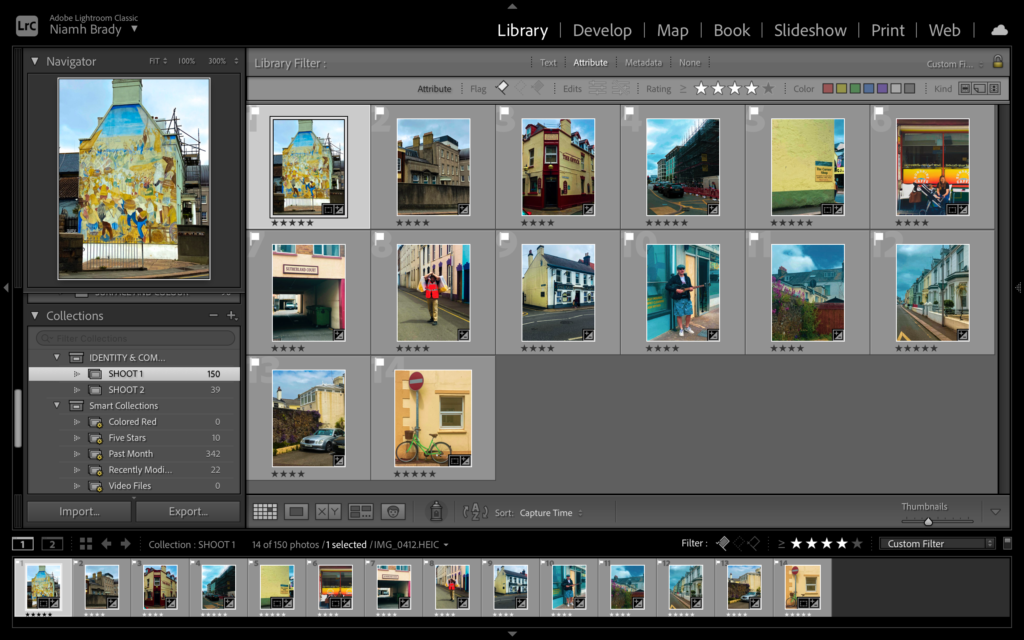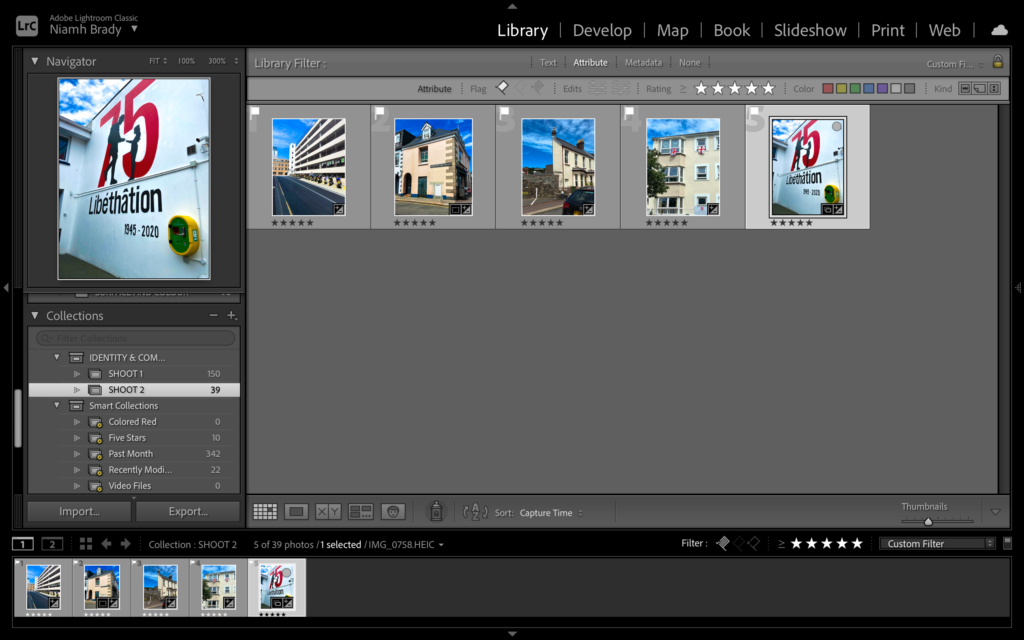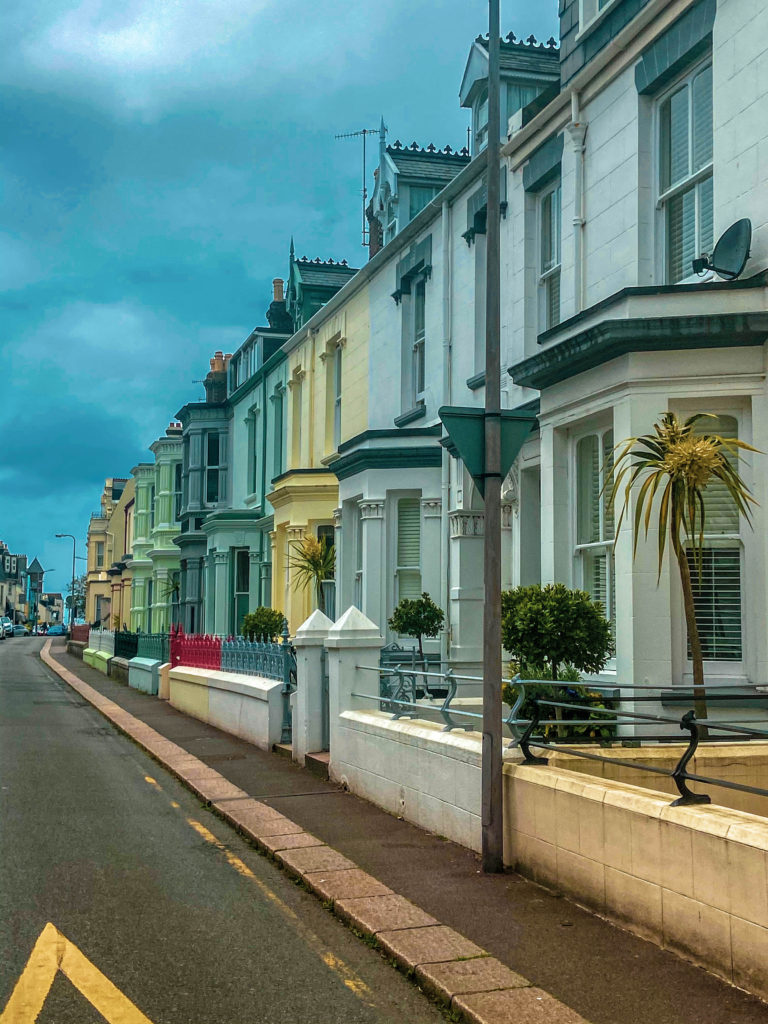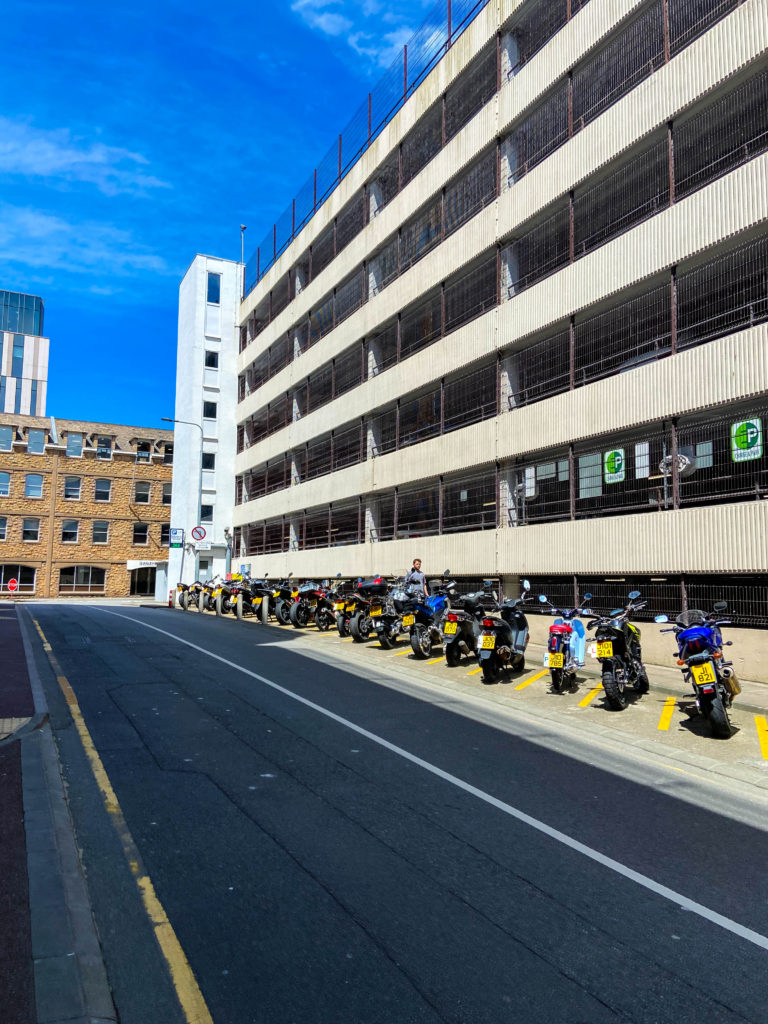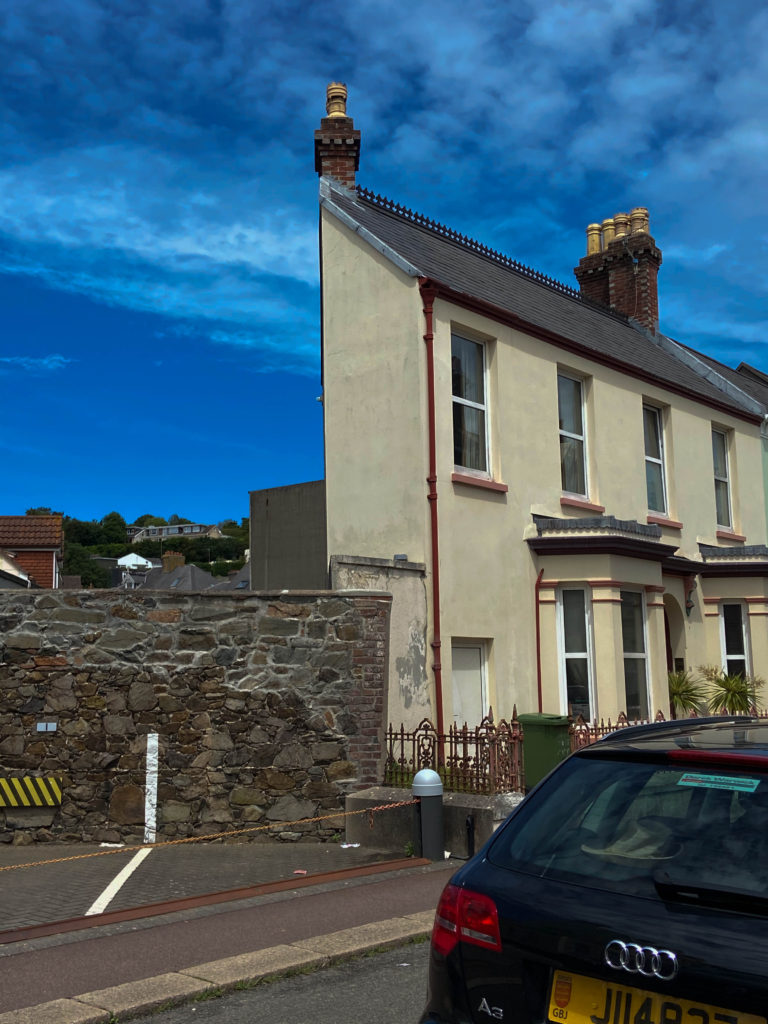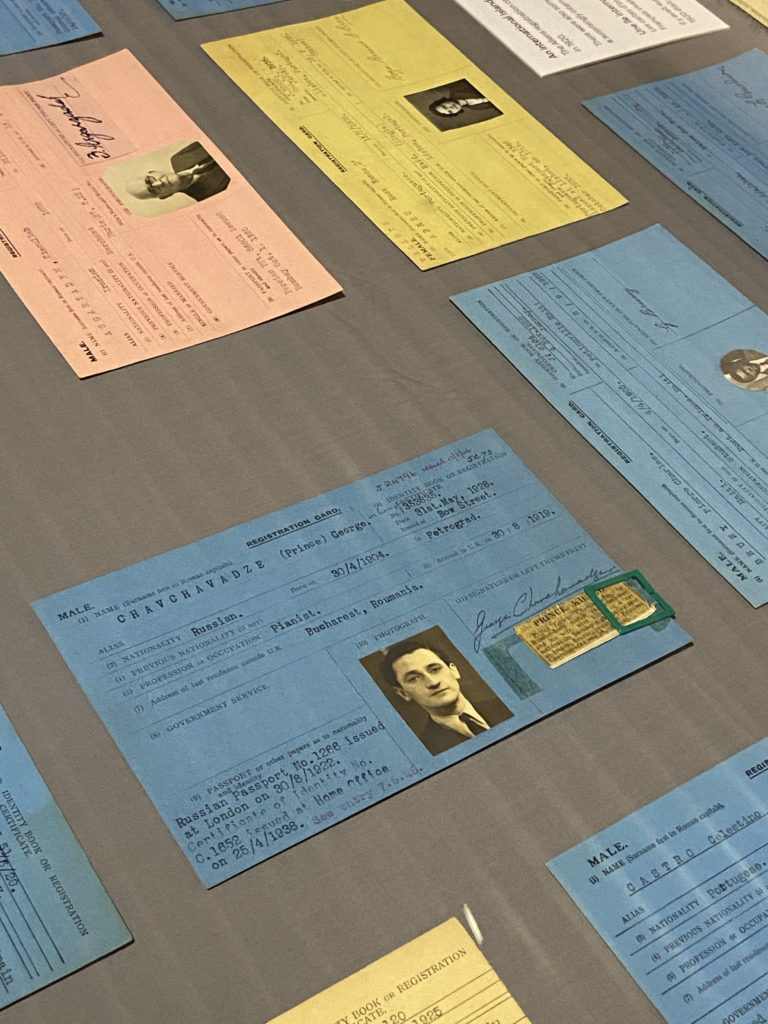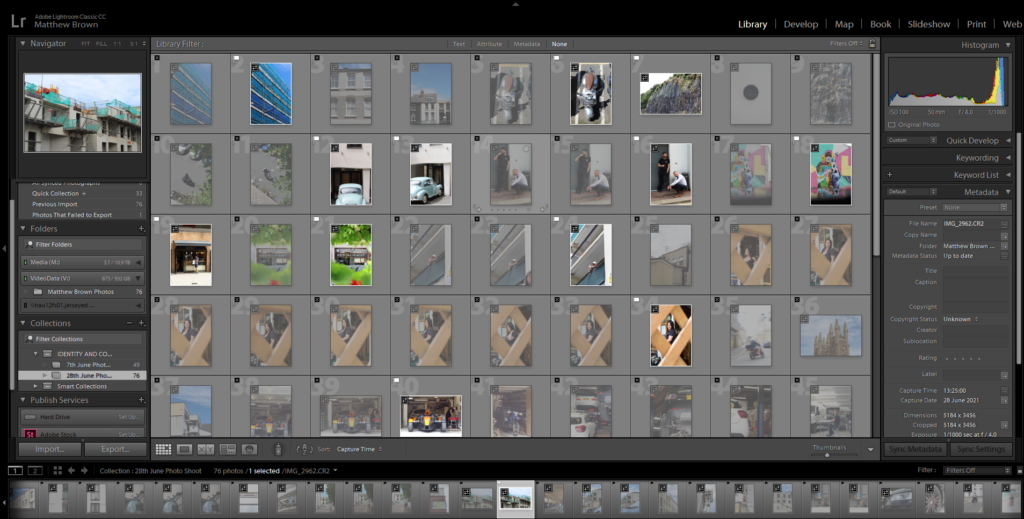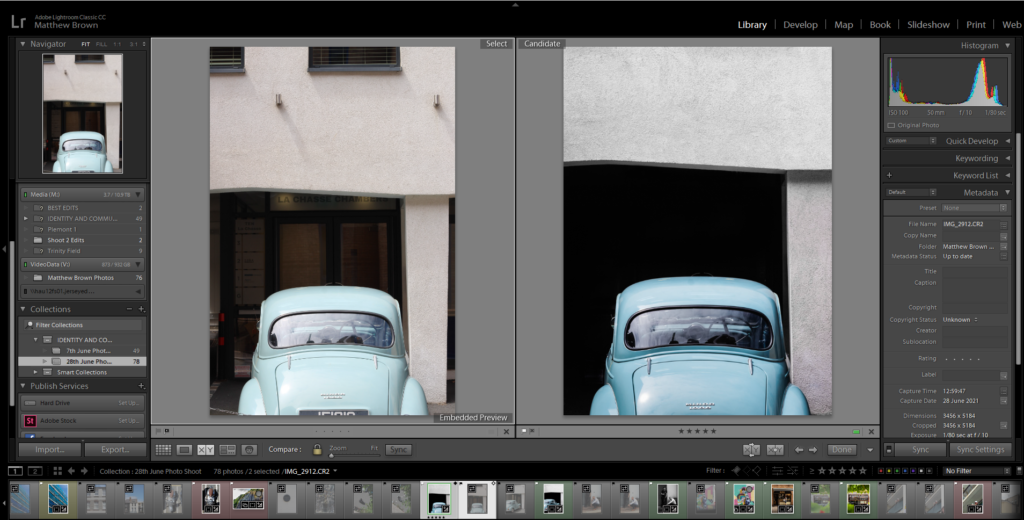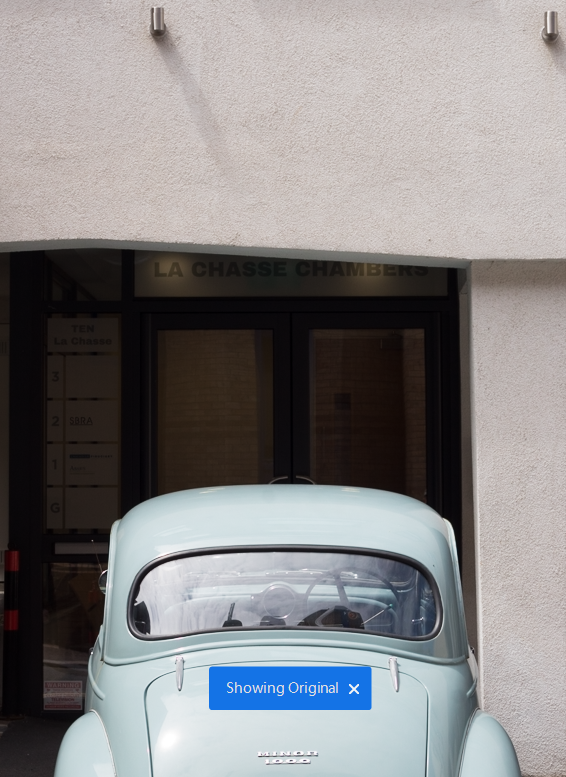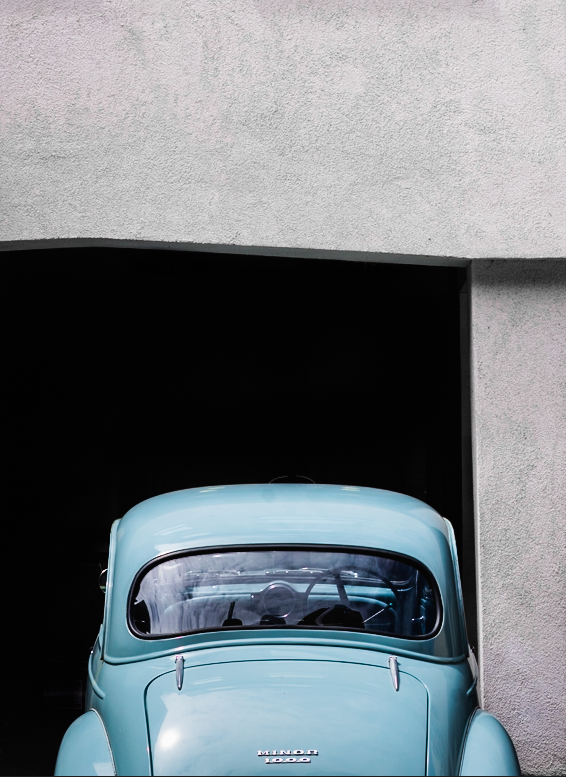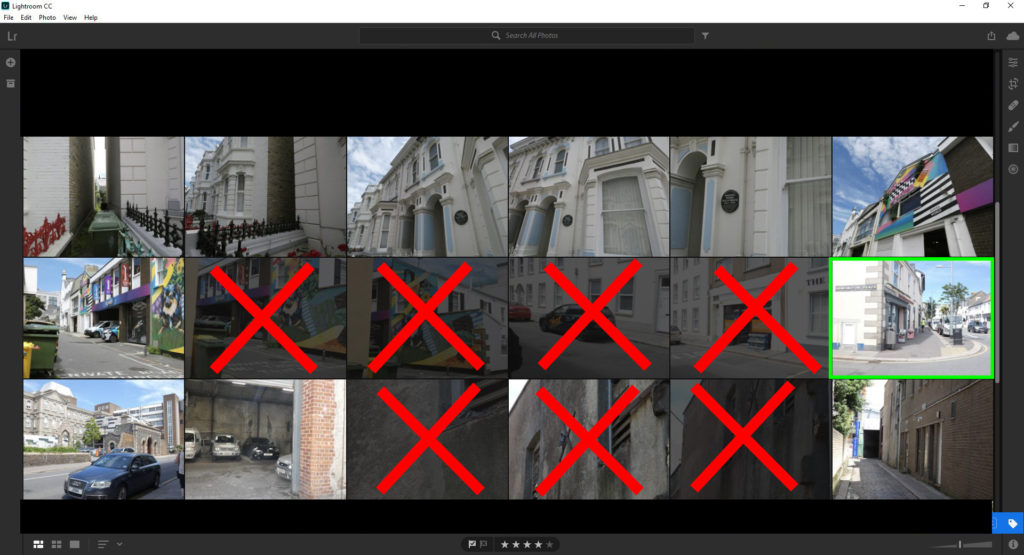Sebastiao Salgado
Sebastiao Salgado, born in 1944, is a Brazilian social documentary photographer, known for taking powerful photographs that depict the lives of the suffering and oppressed. It can be said that this flare for activism originated when Salgado joined a political movement that opposed Brazil’s military government, in which he was exiled for. Salgado first started to take photographs after being sent to various African countries on business trips, whilst working as an economist. It is here that he became fascinated with the artform and as a result quit his job to pursue photography full time. This decision led to Salgado travelling to hundreds of countries for his different projects, often focusing on hardships of these places. This includes his project named ‘Workers’, published in 1993, which looked at the end of the large-scale industrial era.
Analysis
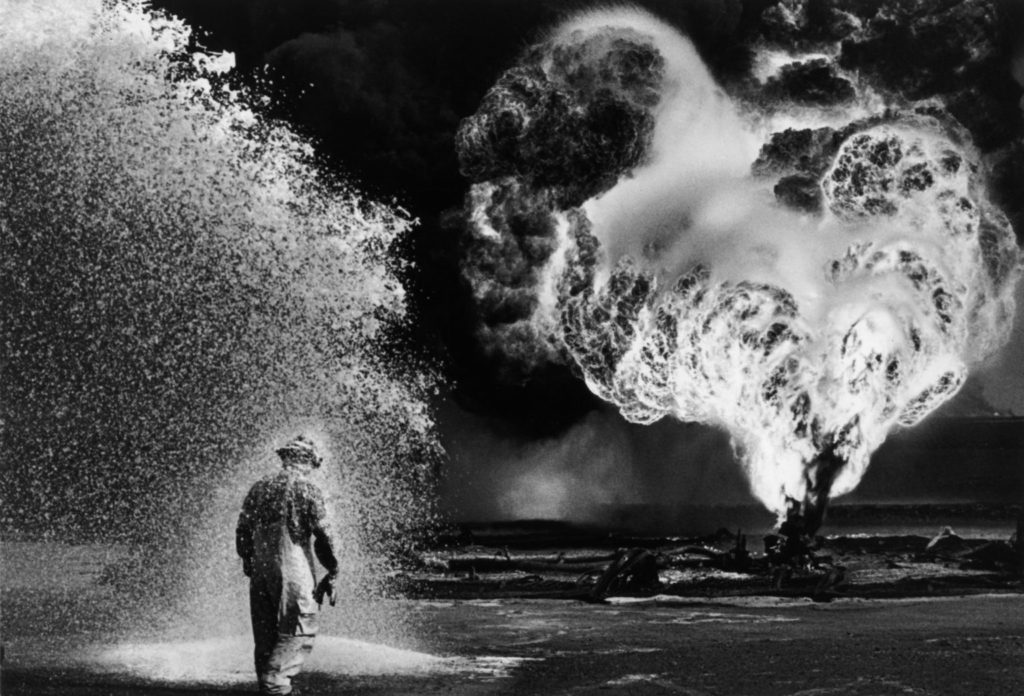
This black and white image taken by Sebastiao Salgado depicts a worn out firefighter drenched in oil walking towards the fiery landscape in the background. This high contrasting image displays a large juxtaposition between light and dark with the oil fuel inferno and the heavy dark smoke that is blackening the sky, leaving no trace of daylight. Here Salgado has confined the frame to only show one man and the impossible task he is faced with, leaving a section of empty space in the center that separates the two. This creates an ominous tone to the image that may both unnerve a viewer of this piece, and also cause them to be in awe of the worker’s bravery. In addition, it can be said that repetition is produced in this image with the round spattering of oil and the bubbled clouds of smoke rapidly emerging from the flames, that hold a similar form.
When looking at this piece technically, it is easy to see that this photograph was taken with solely natural lighting, due to the outside setting. Furthermore, Salgado’s main source of light for this image seems to be coming from the blazing flames in the background, as any sign of sun is block out by smoke. As a result of this lack of light the ISO setting used was presumably high, to create an image that would not be under exposed. The shutter speed used in order to take this photograph was most likely on a fast setting, as the clouds produced by the flames are in crisp focus but must have been forming and reforming at a rapid pace, the same can be said for the spurting oil. In addition, due to the fact that these flames are in focus, it can also be said that Salgado used a small aperture, allowing the entirety of the landscape to have the same amount of visibility.
This photograph was taken as part of Salgado’s ‘Worker’ series that was focused around oppressed manual labourers, that were considered to be over-worked and under-paid. This photograph tells the story of the environmental disaster that occurred in Kuwait in 1991. This expanse of fire and flames were a result of the Gulf War, that saw the United States pitted against Iraq in a fight over oil. With over 700 hundred oil wells alight, firefighters were given the impossible job of containing the raging flames. With this context, it is easy to understand the almost unfazed firefighter walking towards the fire, whilst being showered with oil, with his head hung low in disbelief and exhaustion. Salgado claimed that “In all my long life, I never again found this kind of light” when talking about the flames.
Percival Dunham
Percival Dunham is best known for being Jersey’s first photo journalist, taking many photographs for newspapers such as Jersey Illustrated Weekly and the Morning News from 1913 to 1914. Although little is known of his heritage, due to him having no records of family in Jersey, Dunham played a key role in the documentation of key events of Jersey’s history, contributing to the photographic archive immensely. The first records of Dunham are of his photography business, located on 57 Bath Street, in 1911. Before working as a photo journalist, Dunham was known for taking photographs of events such as the Battle of Flowers and the shipwreck of Roebuck. Dunham spent some time away from jersey when serving as a gunner during World War One, but returned soon after and married a Miss M Mourant.
Analysis

This black and white image taken by Percival Dunham displays troops packing up supplies and preparing to embark from Jersey harbour. Here a large contrast between light and dark is presented through the white uniforms of the soldiers and the darkness of the barrels, pier and the ships. Dunham has framed this image to show the military men in the foreground and the ships to the right in the background, showing the viewer what awaits them in their future. Leading lines in this photograph are created by what appears to be metallic pipes and tracks running across the ground, guiding the viewers eye down the slipway towards the ships and the sea.
From a technical viewpoint it is clear to see that this film photograph was taken with natural lighting, as a result of it being taken outside at a harbour. From the natural lighting, it could be said that this photo was taken at what seems to be midday from the brightness of the image, however this is hard to tell due to the overcast sky. With this it is probable that Dunham used a mid to low ISO setting to allow for a image that was not under exposed. In addition, it also appears that Dunham used a medium shutter speed setting, in order to capture the movement in this image clearly, but also letting enough light into the lens for the image to appear bright enough. Also, the aperture setting used was most likely low, allowing for the ships in the background to be clear and visible, as well as the soldiers at the front.
Here it is clear to see that this was a piece of Dunham’s photo-journalism, due to the candid and un-staged nature of the image. Dunham may have wanted to capture this photograph to display the serenity of the soldiers in that moment, in comparison to the harsh and violent conditions that await them. This can be related to Salgado’s ‘Workers’ image, in the sense that these men are both preparing to head into a place where their lives are being put in danger for their job.

